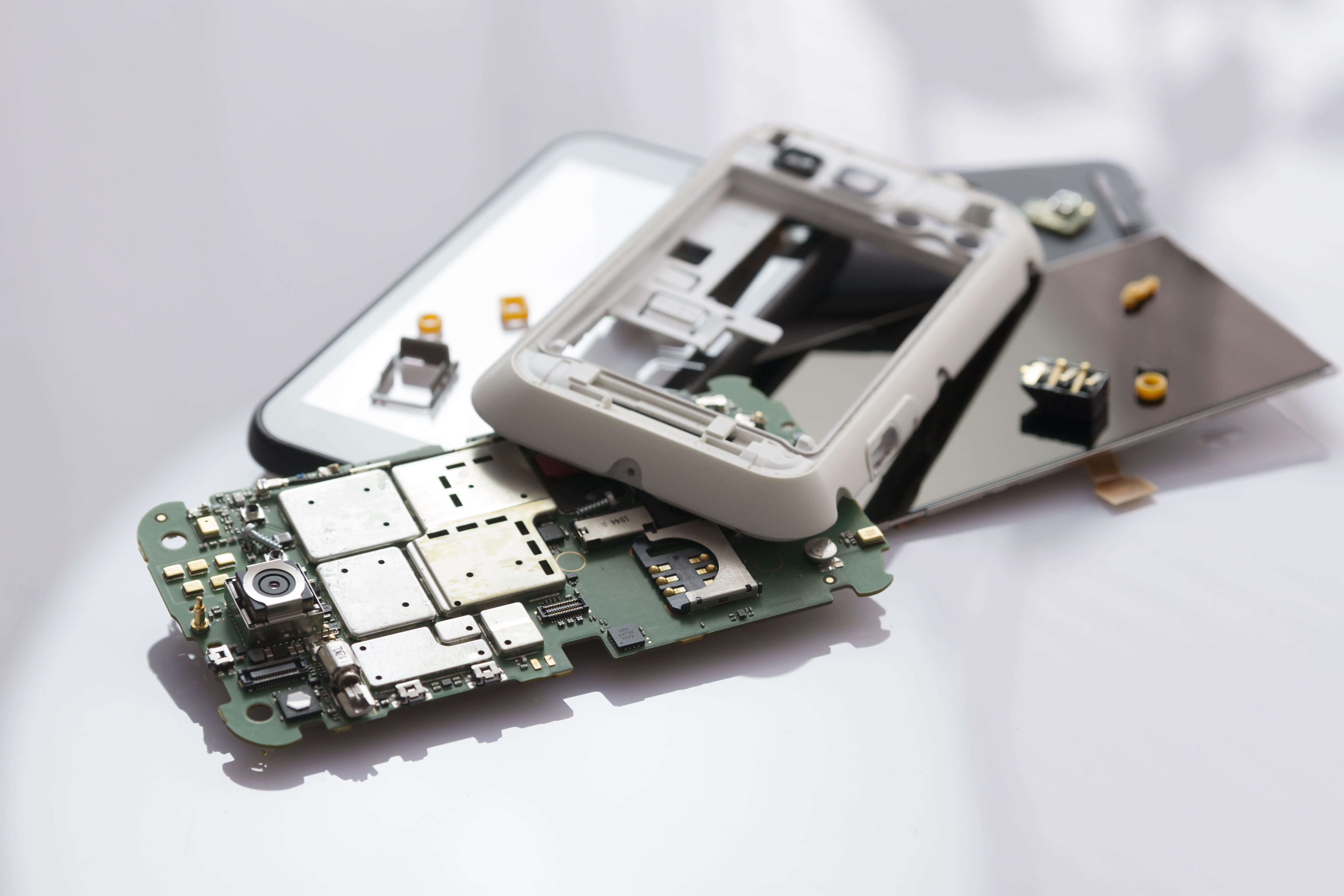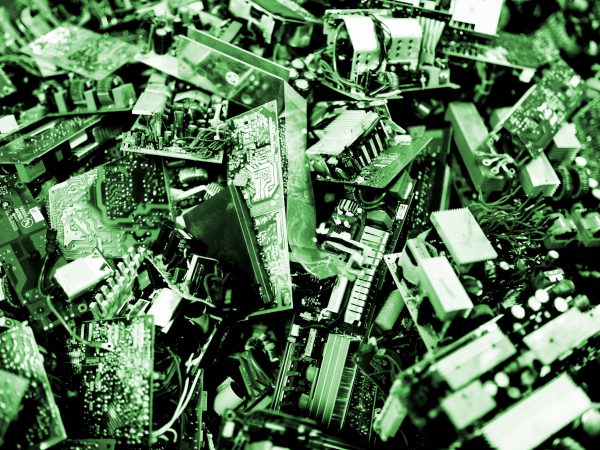
5G technology is finally here and tech enthusiasts around the world are eager to upgrade their devices, but at what cost? In 2016, 44.7 million metric tons of electronic waste were generated and only about 20% of it was properly recycled. The rest is often brought to landfills or incinerated. Electronic waste, or e-waste, refers to all electronic products that have been discarded without the intent to refurbish or reuse.
The e-waste stream is expected to increase dramatically as the world upgrades to 5G mobile internet connectivity. While 5G brings with it faster speeds and a more reliable connection, it leaves behind a slew of gadgets that will soon be obsolete.
At Comprenew, millions of pounds of electronic devices are brought to their facility to be recycled every year. Every effort is made to refurbish fixable units, but many cell phone models become incompatible with software updates just a few years after being released. In fact, any model older than the iPhone 6 is unable to simultaneously browse the web and make calls on the Verizon network. This process is referred to as Planned Obsolescence: designing a product with an artificially limited useful life as a strategy to generate long-term sales through repeat purchases.
The same week that most networks began to rollout 5G, Samsung and LG announced that they were already working on 6G – with many news outlets reporting that 5G was “old news.” This is another indicator that by the time you purchase a 5G compatible phone, technology companies are already in the process of rendering it out-of-date.
What does this mean for our environment? Even with some e-waste regulation in place, it’s ultimately been left up to consumers to responsibly discard of their used devices. Many experts agree that recycling alone won’t save us, and are pushing for tech companies to be more forward-thinking with their designs. Some smartphones are nearly impossible to open up, have glued-in batteries, and quickly become incompatible with software updates. While some organizations are improving their recycling and sustainability efforts, the effect has very little overall influence when compared to the escalating global e-waste problem. This can be solved if consumers, governments, tech companies, and environmental groups come together to focus on maintaining a sustainable future for our community and our planet.



